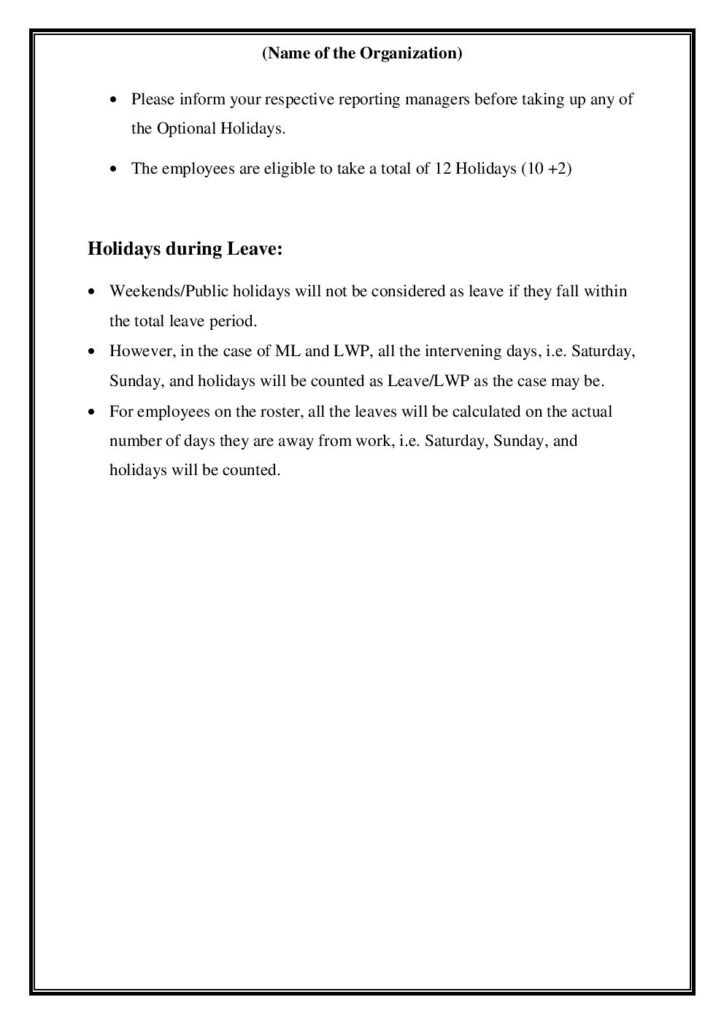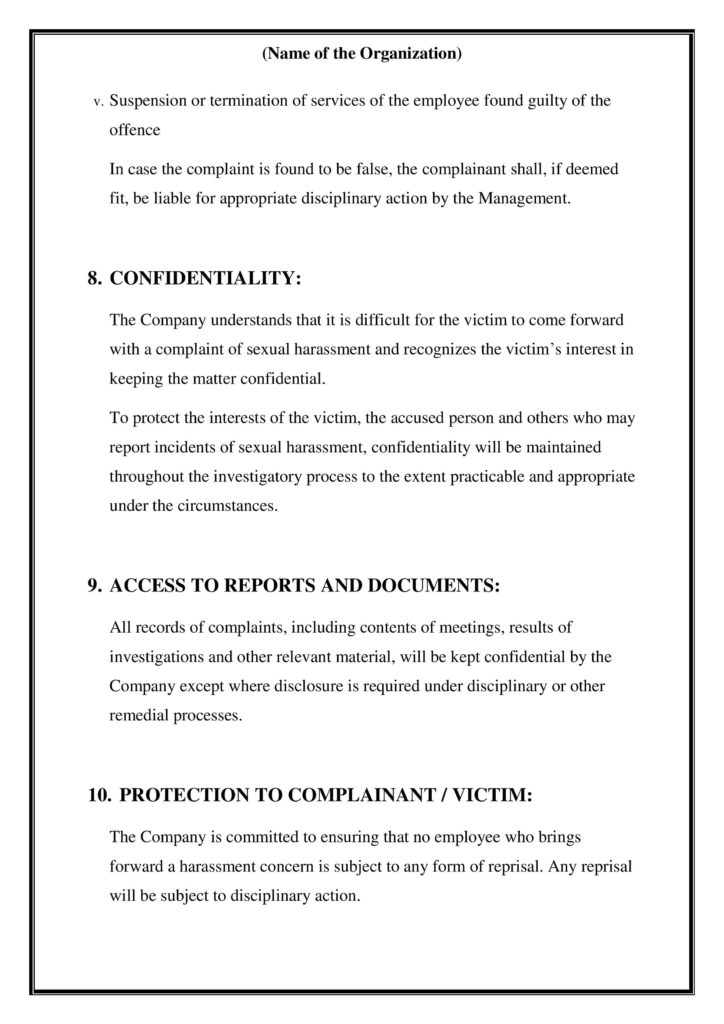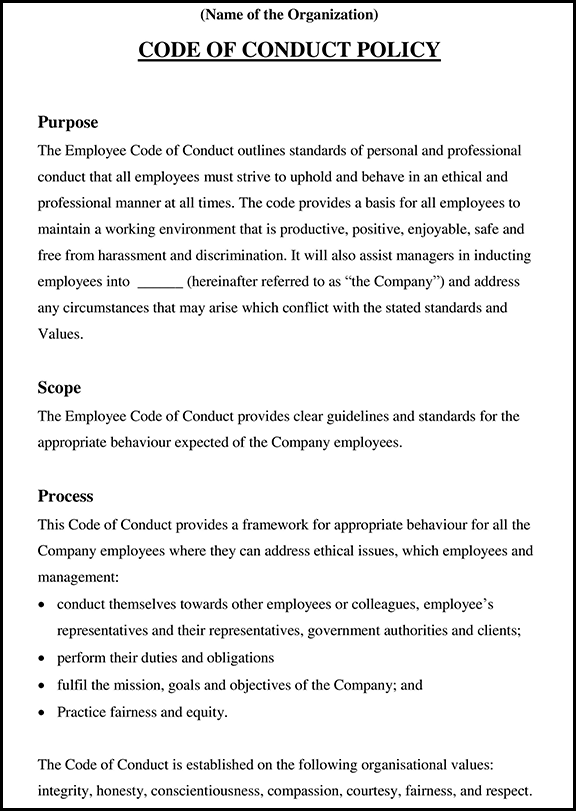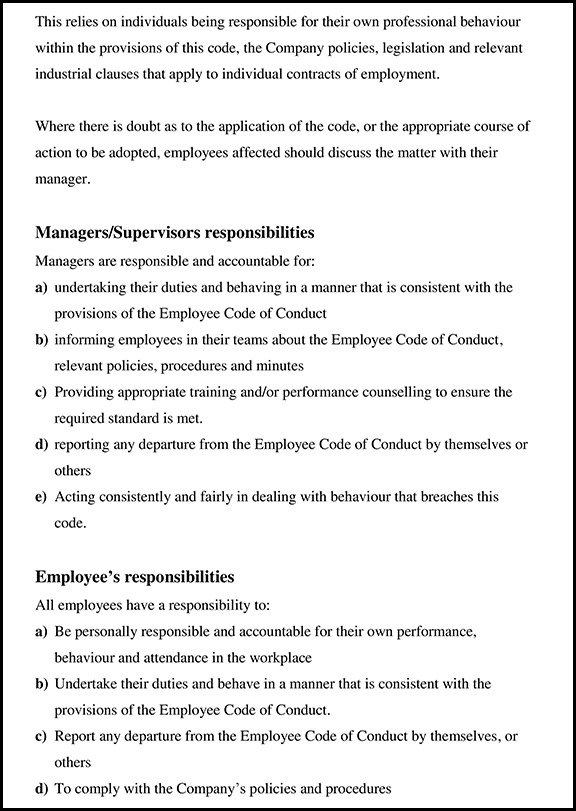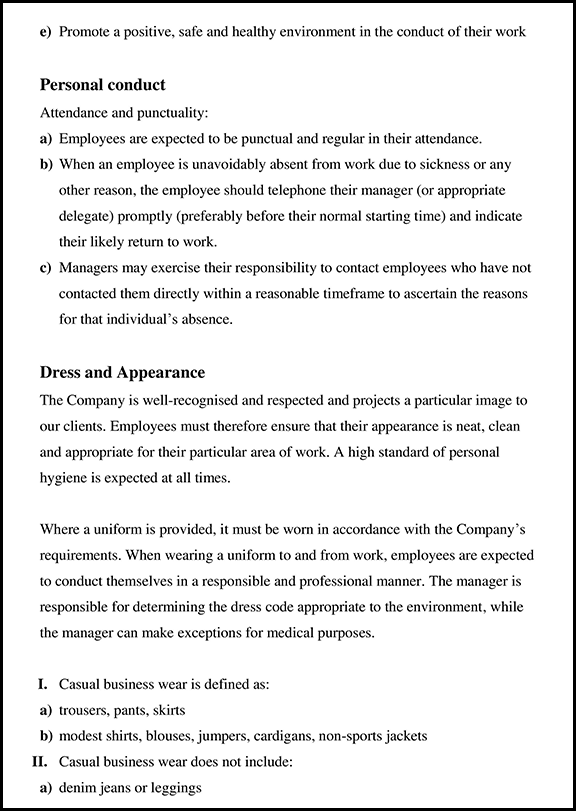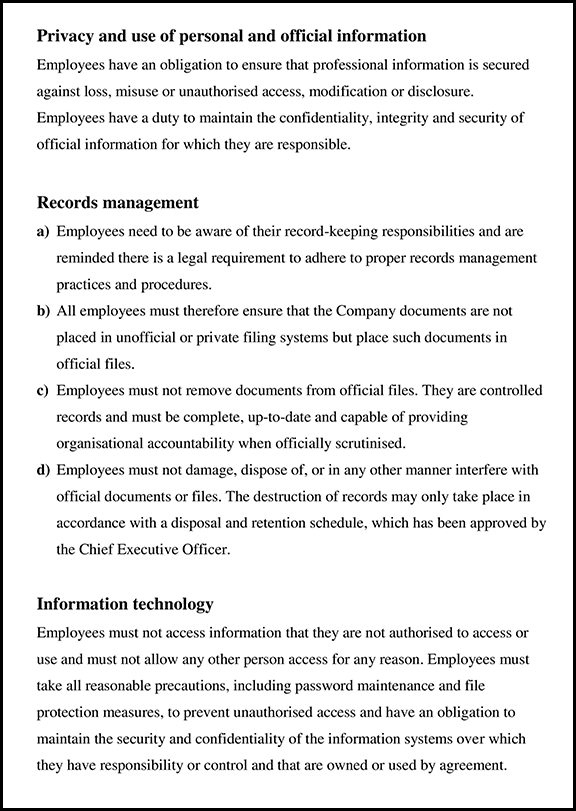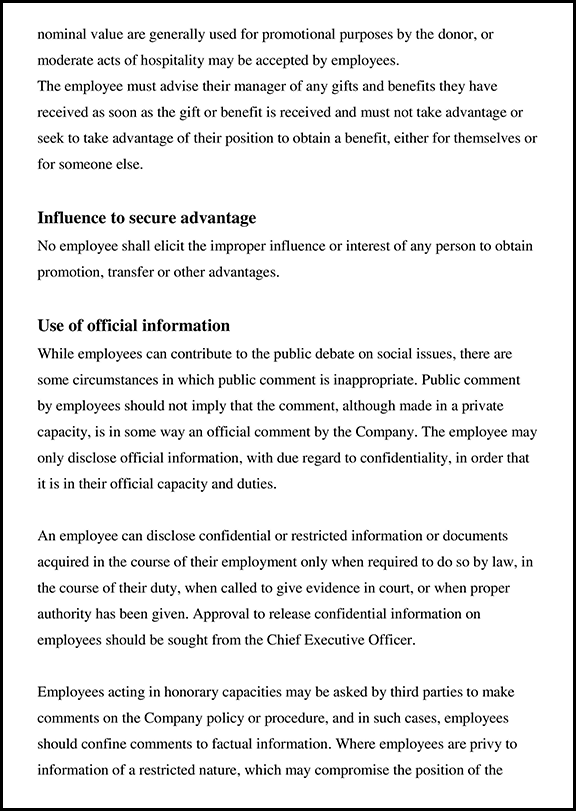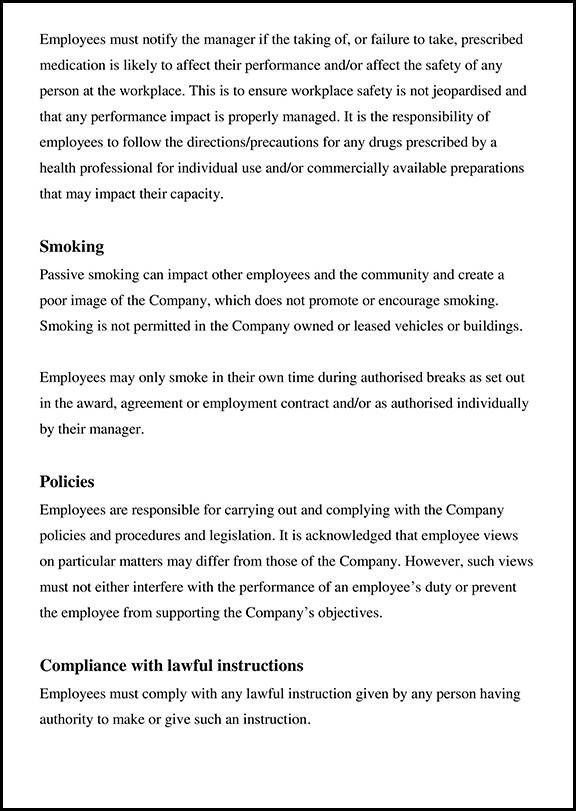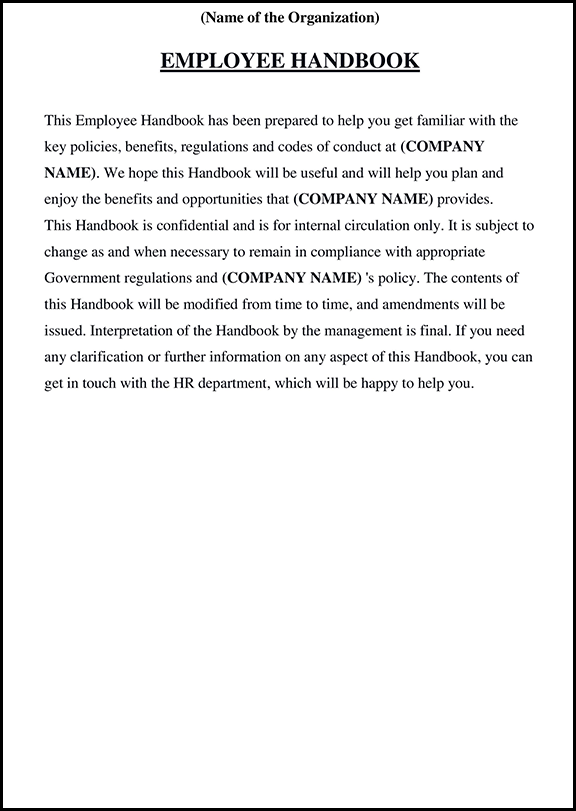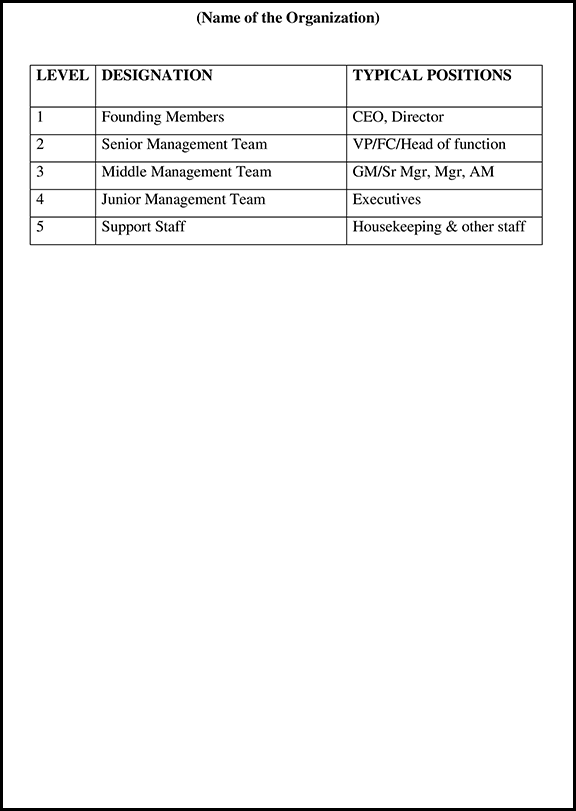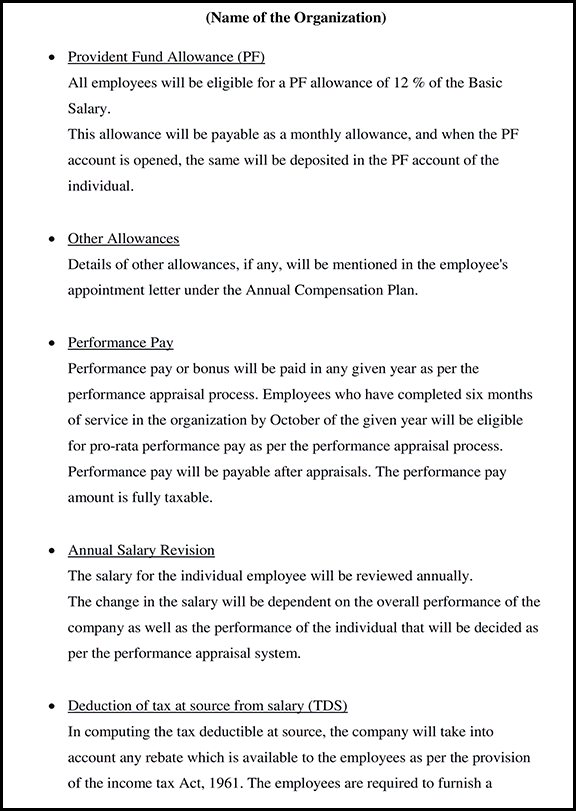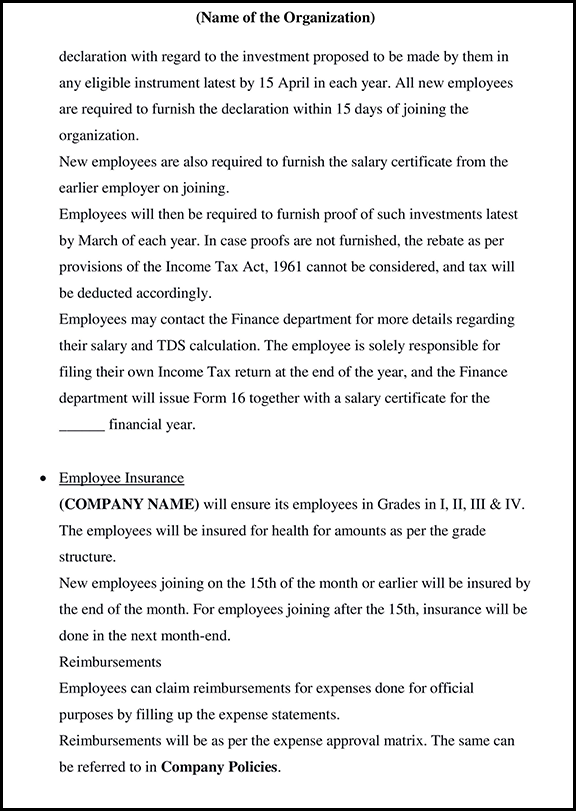
Employee Termination Policy & Procedures in India
Being a business owner or a manager brings the dreaded responsibility of firing employees from an organization when it is needed. Sometimes, an employee termination policy may be a business requirement that helps your organization save costs and survive. Other times, terminating employees is based upon specific causes and grievances that your organization might be facing.
During the process of terminating employees, employers must maintain an outlook of utmost professionalism. Termination requires a high level of legal care, to avoid clashes and disputes afterward. Interests of both the employer and the employee must be taken into account during the termination process, to enable a smooth transition for everyone involved.
To find out more about how to terminate employees, let’s take a closer look at what exactly is employee termination policy and the policies and procedures that you must ideally follow.
What is Employee Termination?
Employee termination refers to the end of an employee’s work relationship with a company. After an employee is terminated, he/she will no longer be associated with your company or handle any workload. Employee termination may be voluntary, wherein the employee hands in a letter of resignation out of their own free will. Employee termination may also be involuntary, wherein employees are fired without their will. Employees may be eligible for pension and/or unemployment when they are terminated.
Every organization has a fixed employee termination policy & procedure in place. This procedure has to comply with the state and central laws governing the country where the organization is established. This procedure requires a formal letter of termination. Employees who are temporarily absent, on leave, on holidays, or temporarily laid off are not considered terminated.
Before we jump into employee termination policy, let’s take a closer look at what encompasses an employer and an employee according to the Indian labour laws.
Indian law mainly recognizes two types of employers and two types of employees.
The types of employers include
Establishments – This term takes all kinds of employers under its umbrella.
Factories – This term specifically refers to employers in the manufacturing sector.
Types of employees include
Employees– A term which refers to all employees in any kind of job position
Workmen– This term was defined in 1947. Employees who are not employed in administrative, supervisory, or managerial roles are termed as workmen.

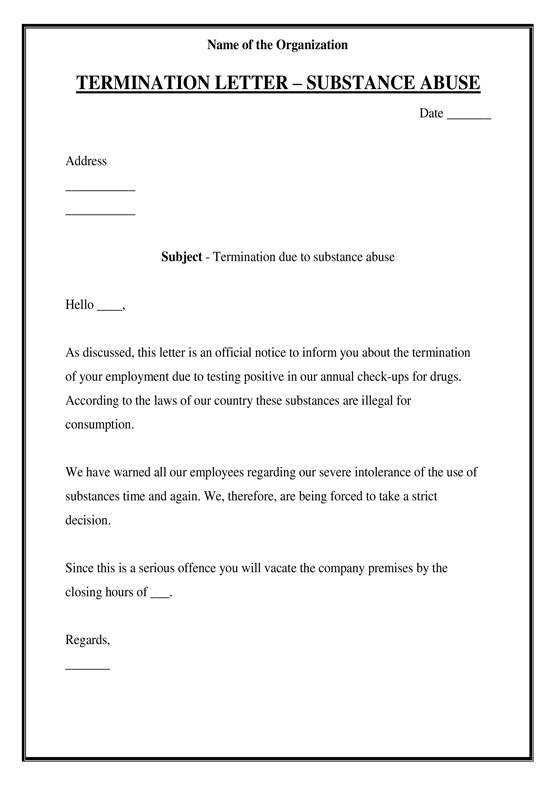

With that in mind, let’s take a look at the types of termination under which an employee is let go from a company.
Types of Termination of Employment
Voluntary Termination
Voluntary termination means that an employee voluntarily terminates his/her employment with a company. This might involve personal reasons on behalf of an employee, such as getting a new and better job, resigning from a field, or starting up their own venture. This might also be due to professional reasons, as a result of constructive dismissal. Constructive dismissal refers to a situation where an employee is dissatisfied with his/her workplace. They may be facing harassment, low wages, long work hours, long commute, etc.
Forced discharge of employees from an organization also falls under construction dismissal. An employee facing a forced discharge may be eligible for some form of unemployment benefits. Voluntary termination requires an employee to hand in a formal letter of resignation to the employer. The standard notice period is 30 days. But this term may be shorter depending upon the organization.
Involuntary Termination
Involuntary termination is when an employee is made to leave an organization against their own free will. A company may opt for involuntary termination during layoffs, firing employees, downsizing, etc.
1. Layoffs and Downsizing
Layoffs and Downsizing refer to a company reducing its workforce. Employees who are downsized are usually let go without their own fault. Companies downsize to save costs and restructure their workforce. Downsizing is common when a company is bankrupt or goes for a merger. Layoffs may also happen because an employee’s skill set is no longer useful for a company in the present day.
2. Getting Fired
Employees may be fired from their jobs due to unsatisfactory work performance, or because their behaviors and attitudes cause trouble at the workplace. In many countries, including India, an employee who is fired for misconduct need not be given a 30-day notice. Employees that are fired for violating company policies must be given a chance to explain themselves before they are fired.
3. Illegal Dismissals
An employer is in complete charge of hiring and firing people in his/her organization. However, an employer cannot fire an employee without sufficient cause or reason. Terminating an employee based on caste, race, colour, gender, etc are illegal causes of termination in many countries. An employee who has taken maternity leave or a leave of absence, or has reported wrongdoings in an organization cannot be fired on these grounds.
If your company is found guilty of wrongfully terminating employees, you would be liable to compensate them and restore their job positions or offer similar ones. Companies might also be penalized if found guilty of wrongful termination.
Termination Under Contract
Termination under contract occurs on specific, predetermined terms that are set at the time when an employee is offered the contract. For instance, advisors for private firms and internships are often offered for a specific time frame. At the end of this time frame, the employee is considered to be terminated, unless he/she is offered another contract or the existing contract has been renewed.
The salary compensation and other benefits are according to the terms and conditions of the contract. However, a notice period of one month and 1 month’s compensation is required for terminating contractual employees.
State Labor Law as Per The Indian States
Termination of employees in your organization has to comply with your state laws and central laws. Any contract provisions or termination notices can be overridden by these laws if found that your organization is non-compliant.
Most states in India detail their policy for employee termination. Also, certain sectors like manufacturing, plantations, etc also receive protection under central government regulations. Let’s take a more in-depth look at the employee termination policy in some major Indian states.
State Labor Law in Maharashtra
Under the Maharashtra Shops and Establishments Act of 1948, an employer cannot terminate an employee who has been working with the organization for more than a year without giving 30 days notice period at least. If the employee has been with the organization for less than a year but has exceeded three months, he has to be given a minimum notice period of 14 days. However, employees who are terminated for misconduct may be terminated without the notice period.
State Labor Law in Delhi
The Delhi Shops and Establishments Act of 1954 is very similar to Maharashtra Act. In Delhi, employers are required to give a notice period of at least 30 days for terminating employees who have been employed for more than three months, or they can be given a salary in lieu of such notice. The employer does not need to give a notice period if the reason for termination is misconduct. However, the employee must be given a chance to explain himself/herself against any misunderstandings or allegations.
State labor law in Karnataka
Under The Karnataka Shops and Establishments Act, 1961 and the Tamil Nadu Shops and Establishments Act, 1947, an employee who has been with the organization for more than six months cannot be terminated suddenly without a reasonable cause. The employee must be given a notice period of at least 30 days. Employees terminated for misconduct can be terminated immediately without any compensation or notice.
State Labor Law in Andhra Pradesh
According to the Andhra Pradesh Shops and Establishments Act, 1988, The notice period of an employee who has given the service of at least 6 months, there would be no notice period. The employee has the right to tell and explain the Separation in the notice of Resignation letter.
State Labor Law in West Bengal
The employer shall give a notice period to the employee of 30 days according to the law. Even if there is no employee eligible for gratuity payment, the Act is still applicable to the establishment. This can take place within 30 days of termination.
State Labor Law in Rajasthan
According to the Rajasthan Shops & Commercial Establishments Act, 1958 no employee how has been in continuous employment for a period of fewer than 6 months can leave the organization without giving him a month’s notice period.
Termination Rules For Employees in India
Your employee termination decision most probably falls under one of the reasons described above. Whatever the cause of firing your employees, certain federal and central rules must be followed by every organization. Here are the 6 important rules that you must abide by before terminating your employees.
A 30 to 90 day notice period is standard for terminating the workforce in your organization. Stated under the Industrial Disputes Act of 1947, the law mandates that when terminating more than 100 members working in a manufacturing plant, mine or plantation unit, government approval is required. Terminating employees in other sectors requires only a government notification.
Under the Indian labour laws, an employee can be lawfully terminated from an organization for one of the following reasons:
1. Disobedience or will full insubordination
2. Fraud, Dishonesty, or Theft
3. Loss or Damage to the employer’s goods wilfully.
4. Taking bribes or illegal gratifications.
5. Absence without applying for leave for more than 10 days.
6. Late Attendance.
7. Disorderly behavior during work.
8. Negligence of work.
When organizations terminate their workforce for convenience, the policy regulates that the last person to join the organization must be the first one to leave. Also, when the organization rehires for the same or similar job roles, the terminated workforce should be prioritized.
When an organization fires an employee for convenience who is pregnant or seeking maternity leave, they run the risk of non-compliance with the Maternity Benefit Act of 2017 in the Indian constitution.
Non-solicitation clauses can be used in a limited fashion, whereas non compete agreements cannot be enforced according to Indian law.
Most states in India have laws that allow for up to 10-15 days of paid leave in a year. In addition, employees can get up to 10 days of sick leave, and another 10 days of casual leave. Employees seeking leave under these criteria cannot be considered terminated.
Employee Termination Checklist
Here’s a quick checklist that outlines some of the procedures that you must follow when terminating employees.
Consult Your Company’s HR Policies:
Before serving a notice of termination to any employee, you must take a look at your company’s HR rules and policies. Every company has a specific set of procedures for dealing with different scenarios.
Refer to The Employee Agreement:
The employee agreement will contain provisions relating to the notice period, severance pay, compensation and so on that must be offered to the employee upon termination. This agreement is often signed at the beginning, and it serves as an important reference that holds up in a court of law.
Serve a Notice:
Serving a notice is a crucial part of employee termination. The severance notice must be given 30 to 90 days before termination. This notice must be given in writing, stating a clear reason as to why the employee is being terminated.
Settle The Severance Pay:
Severance pay is offered to employees who retire, are laid off, or reach the end of the contractual agreements. One month’s salary must be paid to employees who have worked for a year or more. For mass termination in protected sectors, 3 months of wages must be offered to employees. Payment of Gratuity Act entitles employees to gratuity payment after 5 years of continuous service.
The Industrial disputes Act of 1972, also states that retrenched ( involuntarily dismissed) workmen must be given 15 days of severance pay for each year of service that they have completed.
Conduct An Exit Interview:
Exit interviews help an organization to gain feedback and evaluate their work culture, environment, ethics etc. It also helps organizations to narrow down their areas of improvement when it comes to enhancing employee experience in the office.
Employee Protection & Court Jurisdiction in Case of Disputes
An employee who has been dismissed has a legal right to appeal to his/her jurisdictional authority. Your employee could appeal to a court for one of the following reasons-
1. The employer has terminated an employee without stating a specific reason.
2. The employee has not been proven to be guilty of misconduct and pleads innocence.
3. The employee feels that their dismissal was based on unfair grounds.
When an employee seeks redressal of any of the following grievances, they have to first establish a case and seek the approval of their local labour authorities. Once the approval is granted, the case may be overseen by jurisdictional conciliation officers, industrial tribunals or labour courts. The Indian Industrial Act of 1947 seeks to address grievances for workmen in an industrial workforce.
Most workforce disputes in India take anywhere between 6 months to 2 years to get resolved.
Conclusion
Your exact policy for terminating employees will vary depending upon the state in which your organization is established. Different states have their own set of Acts and are governed by slightly different jurisdiction practices.
In addition, your company’s core values, beliefs, and work systems also influence your employee termination procedure.
When terminating employees, an organization must always ensure that they have the necessary documentation in place, along with a valid cause for terminating employees. All communication must be routed through formal channels so that it can be produced in case of a dispute. Terminating employees based on discrimination or personal interests is considered unfair and illegal.
Some organizations also outsource their termination process to third-party vendors, especially in case of mass layoffs. Terminating employees in a systematic process, in compliance with your local rules and regulations, can save your company a lot of hassle.
Join a Community of 1,00,000+ HR Professionals















